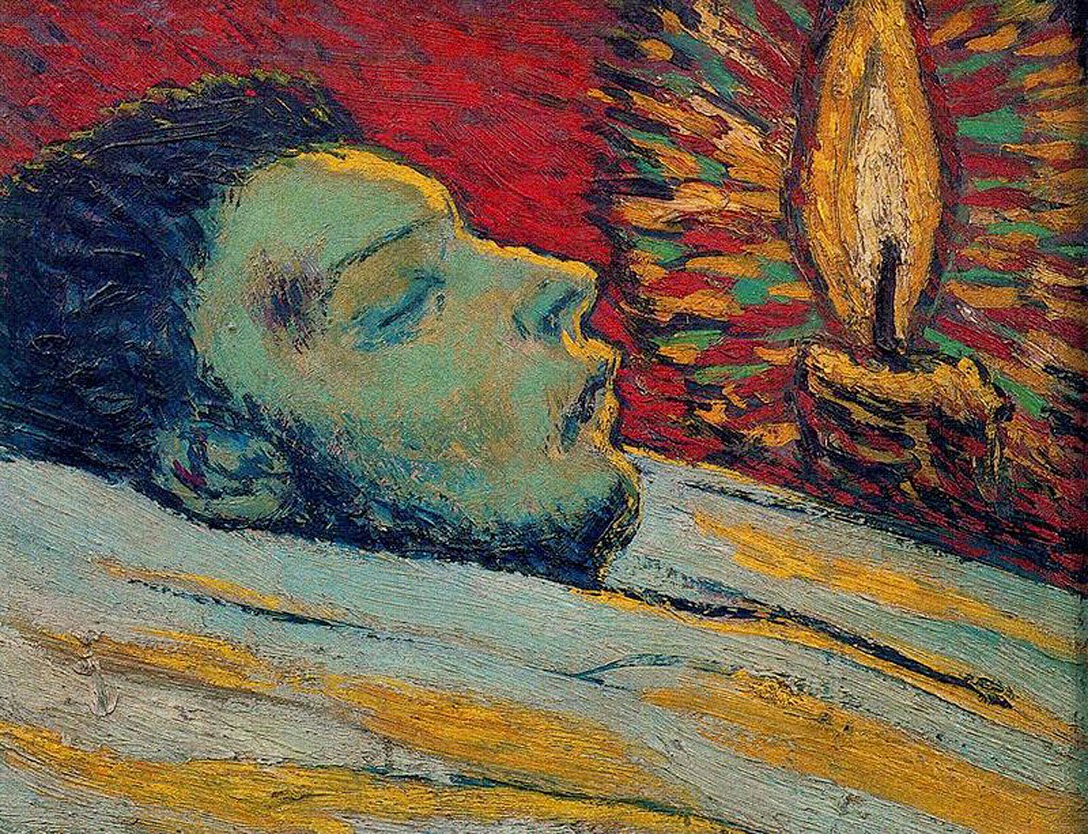Unraveling The Legacy: The Death Of Picasso
Pablo Picasso, one of the most influential artists of the 20th century, left an indelible mark on the world of art before his passing. His unparalleled creativity and innovative techniques reshaped the perception of visual art, making him a household name. Yet, the day of his death marked not just the end of a prolific career but also a moment of reflection on his life, impacts, and the legacy he left behind. Understanding the significance of Picasso's death requires delving into his life, exploring his contributions, and recognizing how his absence is felt in contemporary art.
On April 8, 1973, Picasso took his last breath in Mougins, France, at the age of 91. This event sent shockwaves through the art community and beyond, as fans and admirers mourned the loss of a visionary. The news of Picasso’s death was met with tributes from around the globe, underscoring the profound influence he had on generations of artists and art enthusiasts alike. As we reflect on Picasso's death, it is essential to assess how his legacy continues to inspire and resonate in today's artistic landscape.
In this article, we will explore various aspects of Picasso's life, his artistic journey, and the circumstances surrounding his death. We will also delve into the impact of his passing on the art world and how his legacy endures through the works he left behind. Join us as we uncover the many layers of Picasso's life and the lasting impression he has made on the world of art.
What Was Picasso’s Biography?
Pablo Picasso was born on October 25, 1881, in Málaga, Spain. He demonstrated artistic talent from a young age, influenced heavily by his father, who was a painter and teacher. Over the years, Picasso's style evolved significantly, leading him to become a pivotal figure in various art movements, including Cubism and Surrealism.
| Personal Details | Bio Data |
|---|---|
| Name | Pablo Diego José Francisco de Paula Juan Nepomuceno Crispín Crispiniano Ruiz Picasso |
| Birth Date | October 25, 1881 |
| Birth Place | Málaga, Spain |
| Death Date | April 8, 1973 |
| Death Place | Mougins, France |
| Notable Works | Guernica, Les Demoiselles d'Avignon, The Weeping Woman |
| Art Movements | Cubism, Surrealism, Symbolism |
How Did Picasso’s Death Impact the Art World?
The death of Picasso on April 8, 1973, sent waves of grief through the art community. As a luminary of modern art, his passing was not just the loss of an individual, but the closing of a pivotal chapter in art history.
- Tributes poured in from across the globe, showcasing the respect he garnered from fellow artists and admirers.
- Art institutions organized exhibitions to celebrate his works, keeping his legacy alive.
- Many artists found inspiration in his techniques and philosophy, leading to the continuation of his influence in contemporary art.
What Were the Circumstances Surrounding Picasso’s Death?
Picasso died peacefully in his home in Mougins, France. Leading up to his death, he had been experiencing health issues, including heart problems. However, he remained active in his art until the very end, producing works that continued to capture the essence of his creative spirit.
Did Picasso’s Death Mark a Turning Point in Art?
Many art historians argue that Picasso's death was a significant turning point that marked the end of an era in modern art. His innovative spirit and willingness to challenge conventions inspired countless artists. With Picasso gone, the art world faced the challenge of filling the void left by one of its greatest innovators.
What Legacy Did Picasso Leave Behind?
Picasso’s legacy is immense. He not only revolutionized artistic styles but also transcended cultural and geographical boundaries. His works, characterized by emotional depth and innovative techniques, continue to captivate audiences worldwide. Here are some key aspects of his legacy:
- Over 20,000 paintings, drawings, sculptures, and ceramics, showcasing his evolution as an artist.
- Influence on subsequent art movements, including Abstract Expressionism and Neo-Expressionism.
- Establishment of museums dedicated to his works, such as the Musée Picasso in Paris.
How Is Picasso Remembered Today?
Today, Picasso is remembered not only for his artistic genius but also for his contributions to society through art. His works are held in high regard, with many pieces fetching record prices at auctions. Museums and galleries worldwide continue to feature his art, ensuring that his influence remains palpable in the art community.
What Can We Learn from Picasso’s Life and Death?
Picasso’s life and death offer valuable lessons on creativity, perseverance, and the importance of leaving a mark on the world. His ability to reinvent himself throughout his career serves as an inspiration for artists and individuals alike. Moreover, his death reminds us that while the artist may be gone, their art and impact persist, continuing to inspire and challenge future generations.
Conclusion: The Enduring Legacy of Picasso’s Death
In conclusion, the death of Picasso marked a significant moment in art history, representing the loss of a transformational figure whose influence continues to resonate today. Through his innovative approaches and powerful works, Picasso reshaped the landscape of art, leaving behind a legacy that thrives even decades after his passing. As we reflect on Picasso's life and the circumstances surrounding his death, we are reminded of the importance of creativity and the lasting impact one individual can have on the world.
Unveiling The Allure Of Grace Slic: A Journey Through Talent And Authenticity
The Journey Of Toby Keith: A Country Music Legend
Unraveling The Brilliance Of Shakespeare's Work


